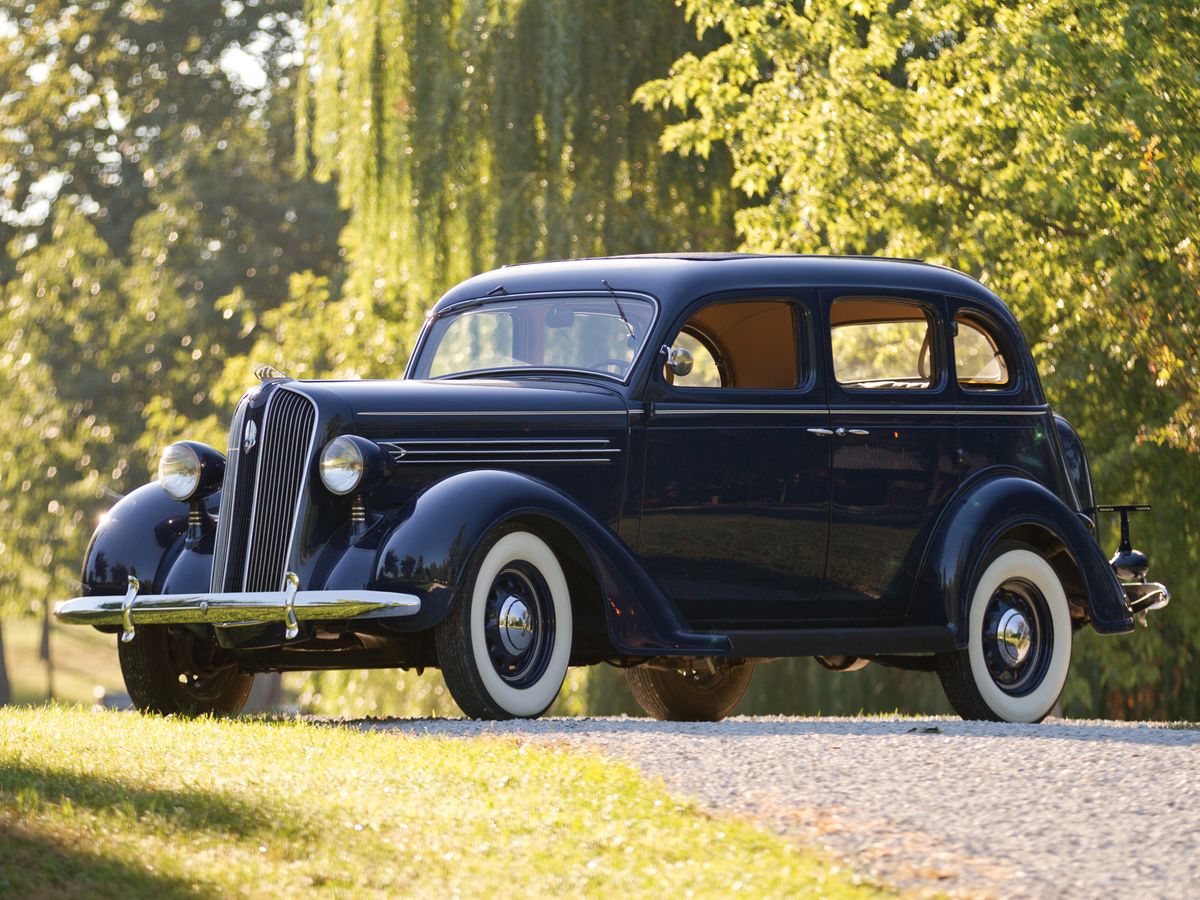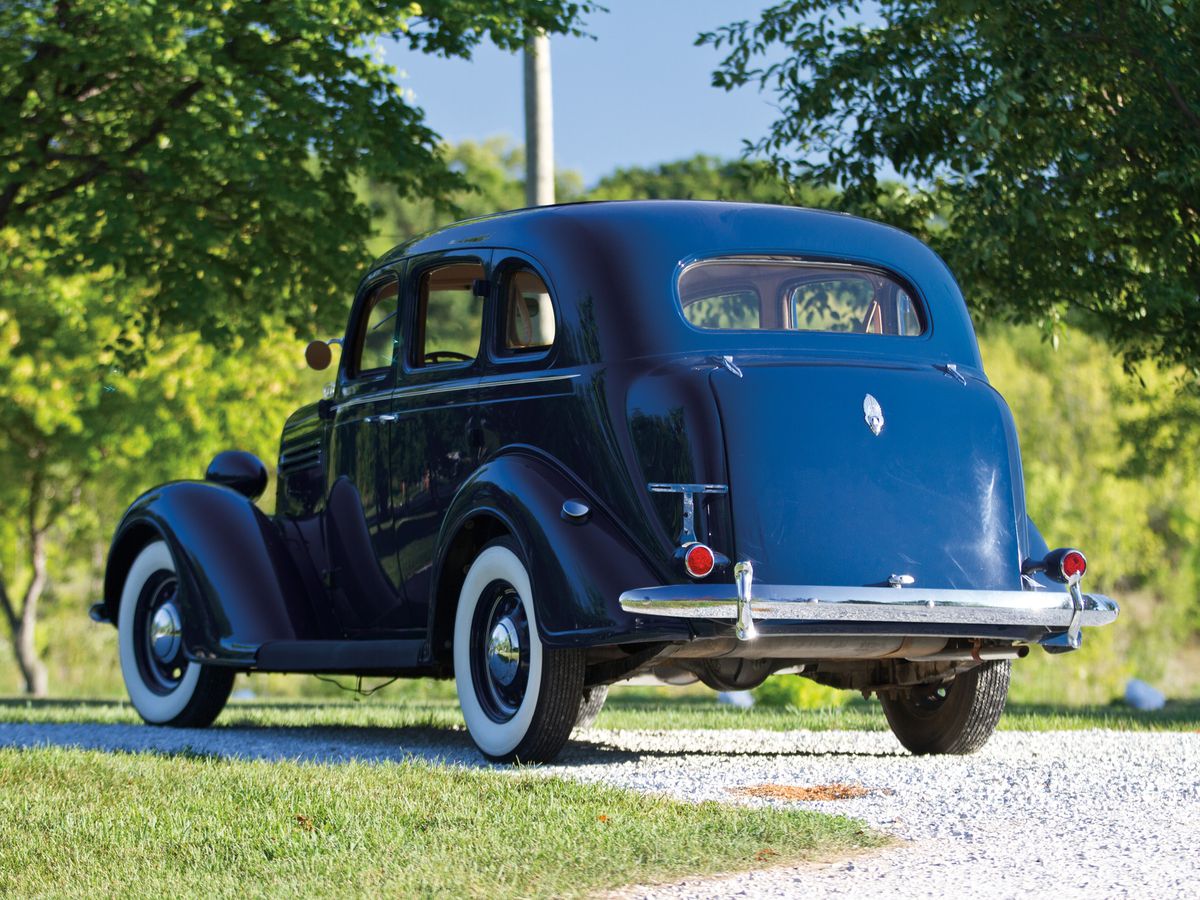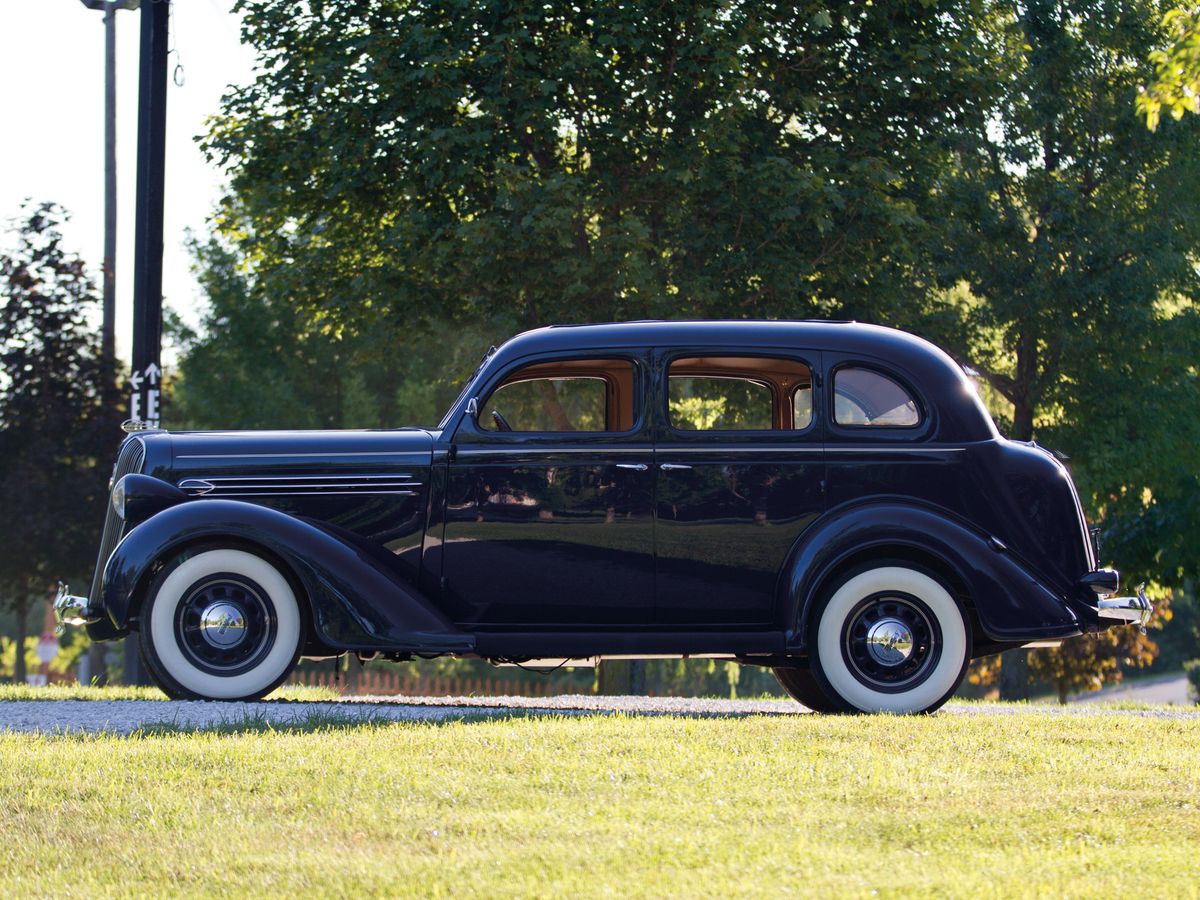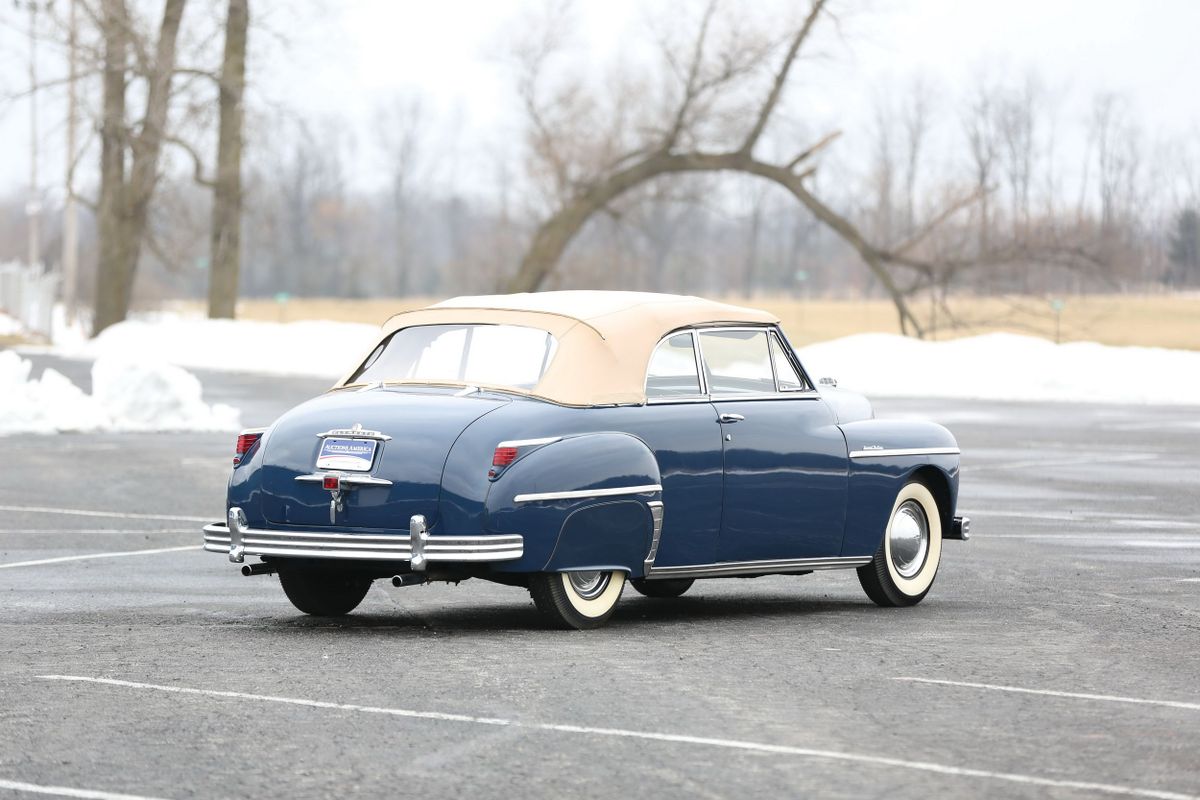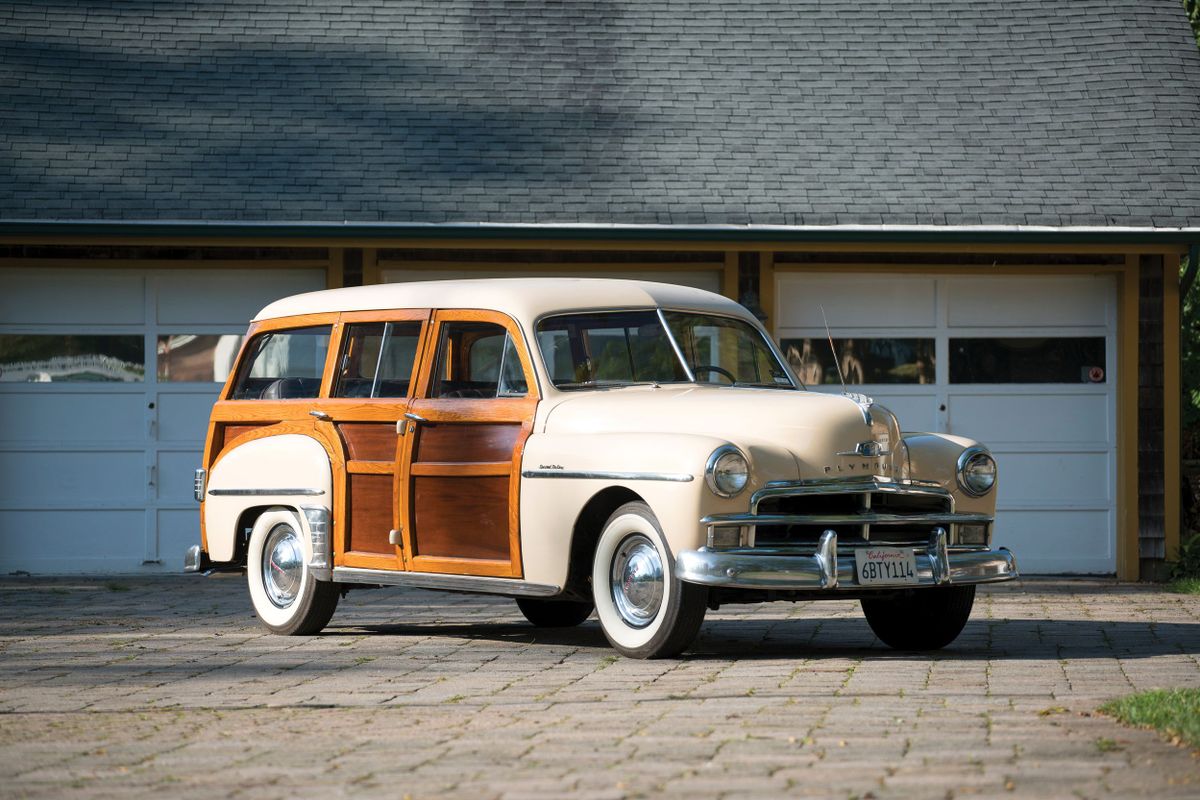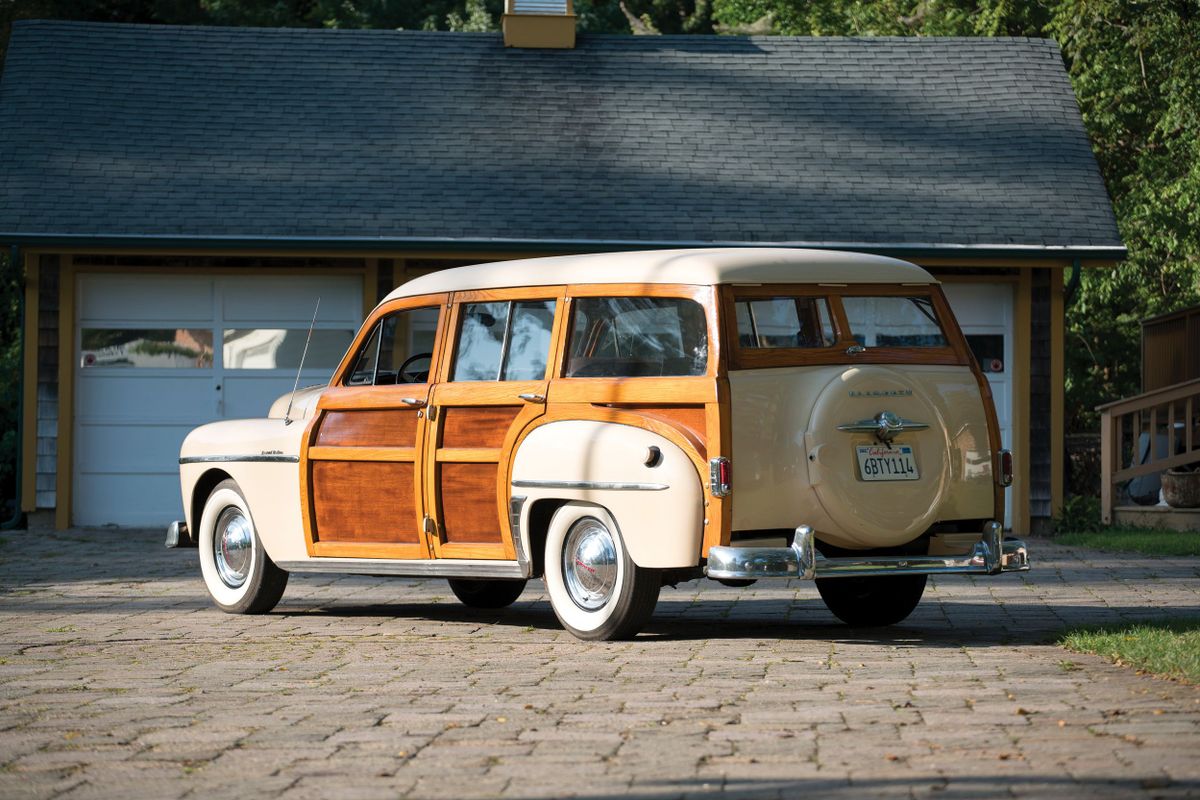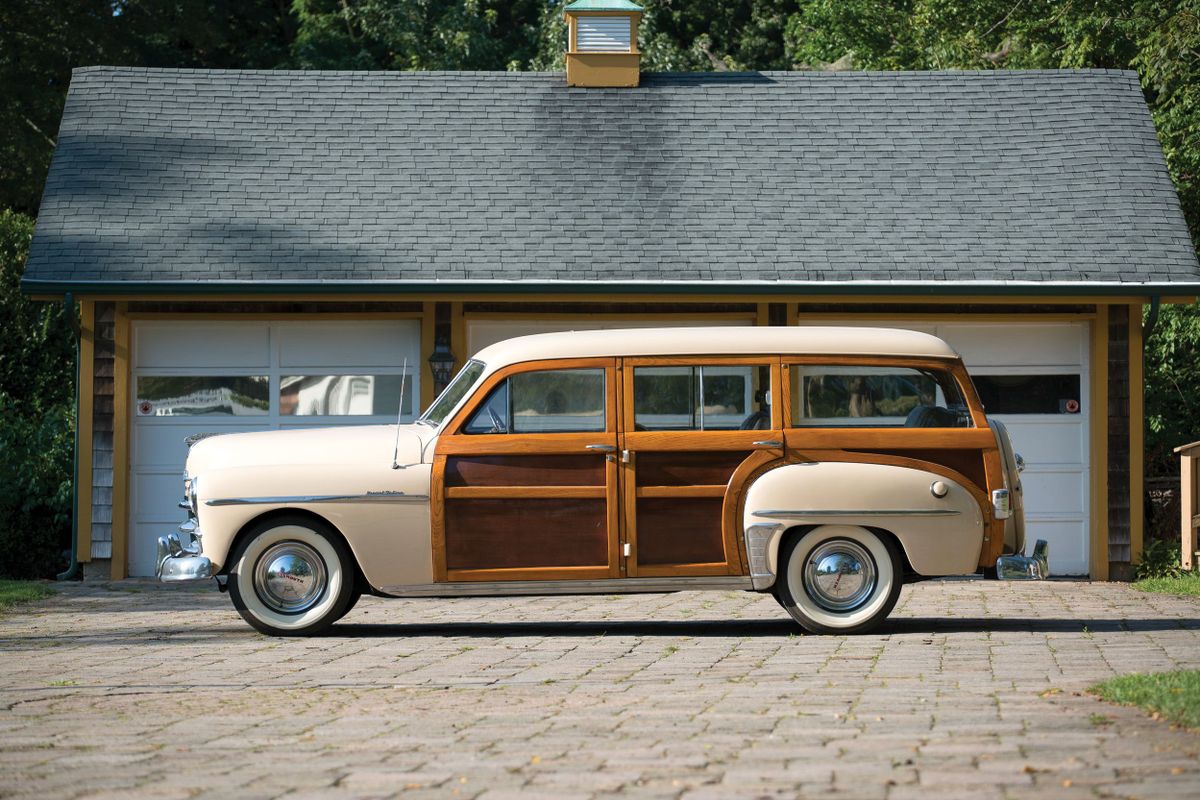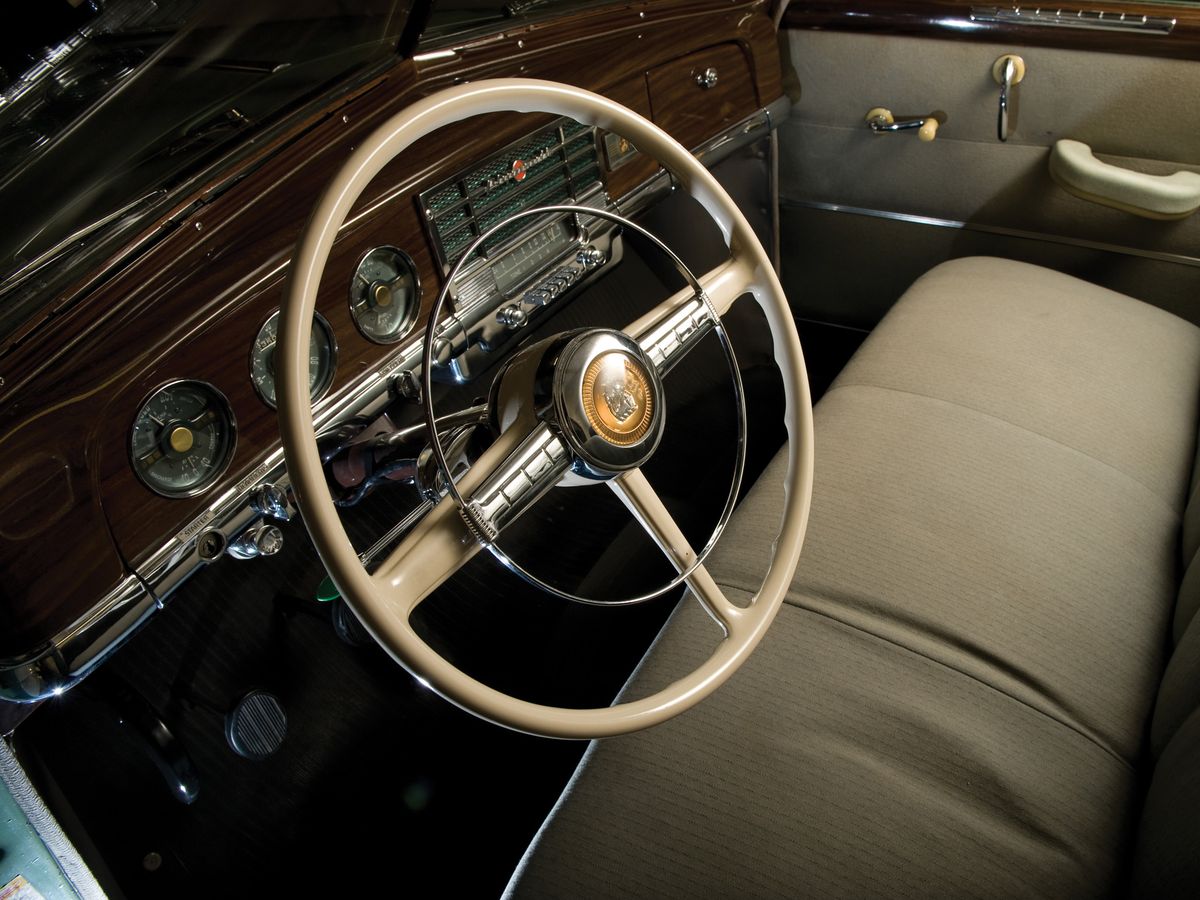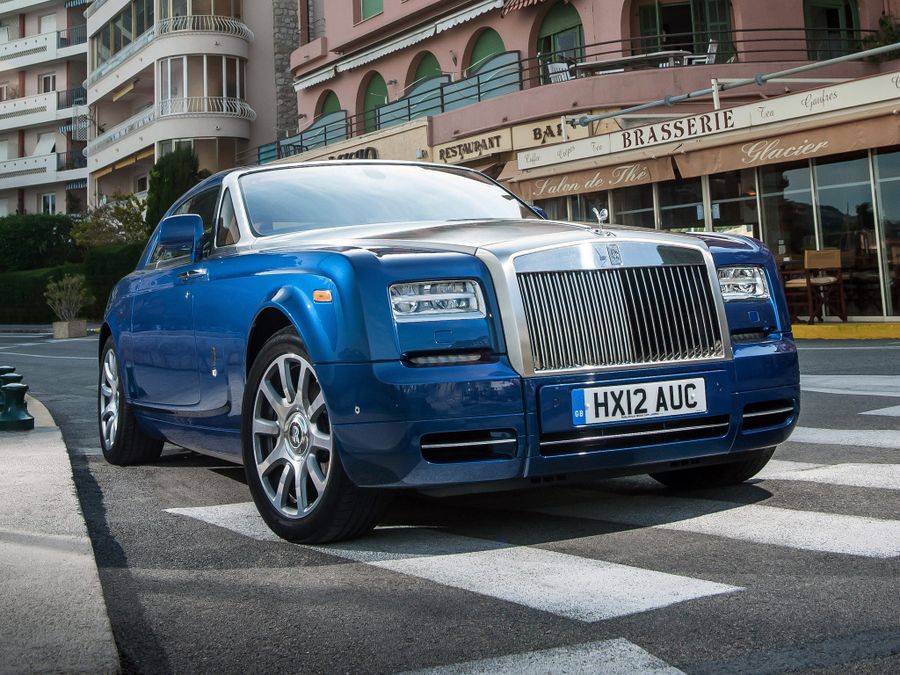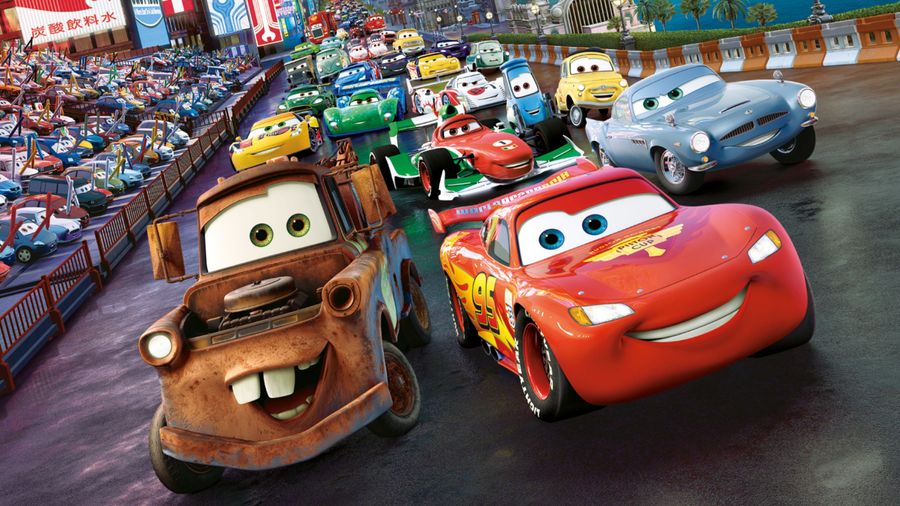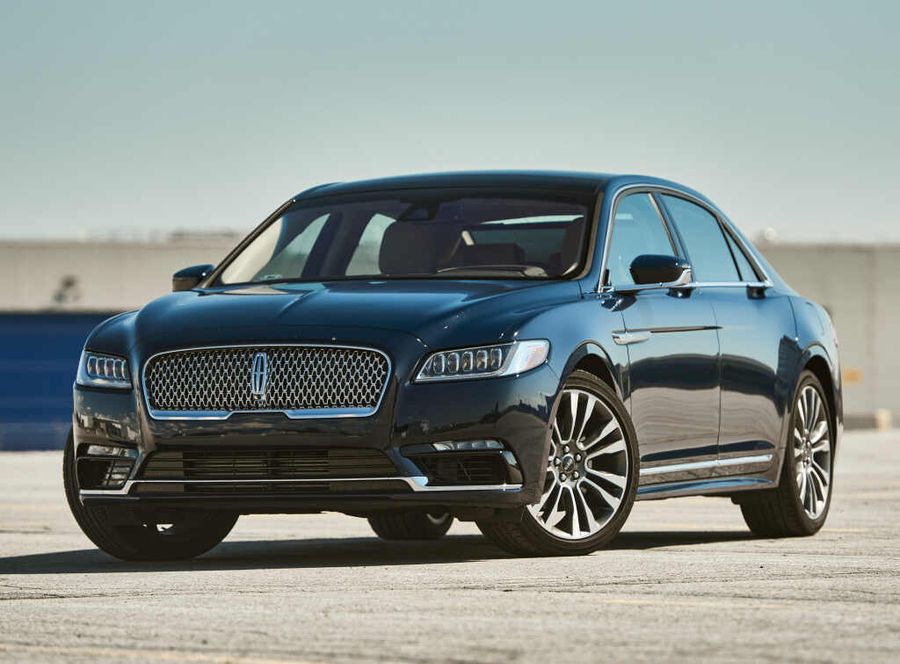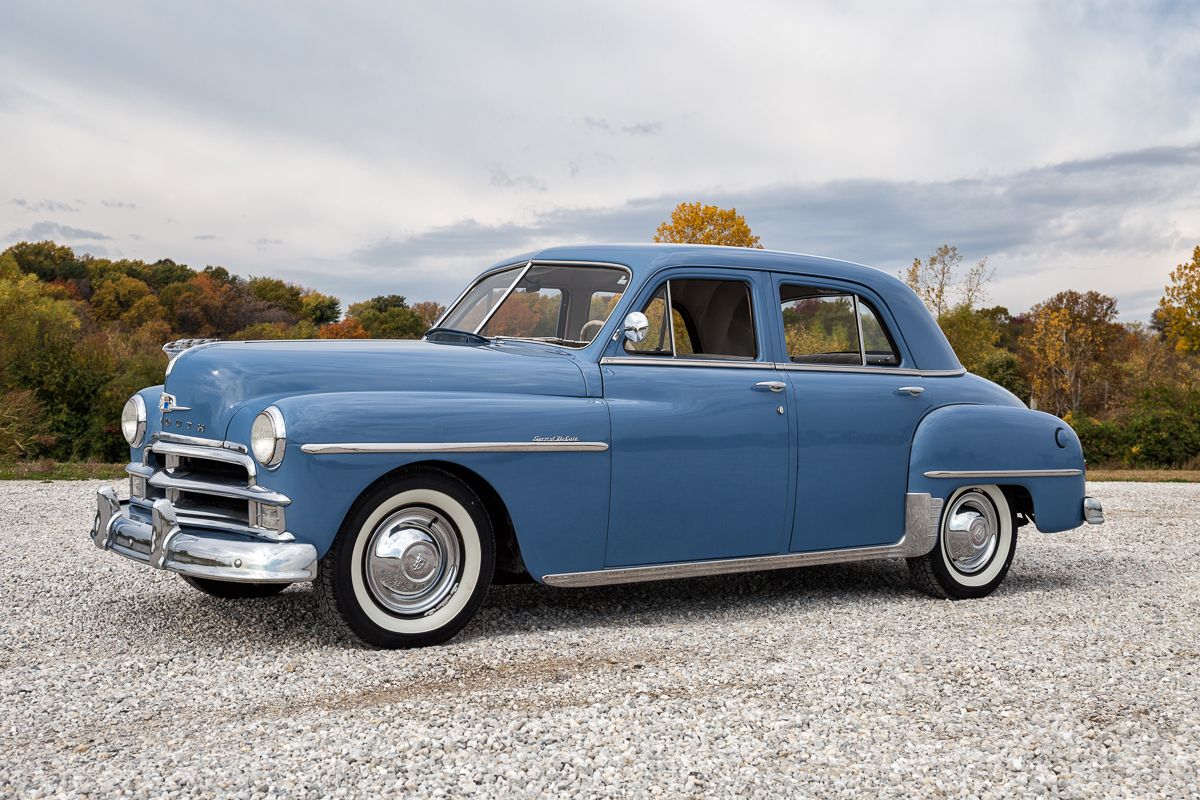
Plymouth DeLuxe. Good old American
The Plymouth DeLuxe and Plymouth Special DeLuxe are full-size passenger cars produced in the United States from 1933 to 1942 and from 1946 to 1950. The DeLuxe had different versions: 2-door and 4-door sedan, 2-door coupe and convertible, 4-door estate. Due to the wide choice of bodies to suit any taste and low cost, this Plymouth became a mass-market car. Plymouth models of the 1930-1940s were considered the best in the range of inexpensive models offered on the American market.
Plymouth is a famous American car brand created by Chrysler in 1928. More affordable versions of Dodge and Chrysler models were produced under the new brand, and Ford and Chevrolet became its main competitors. It was thanks to Plymouth that Chrysler successfully survived the Great Depression. In 1934, the millionth Plymouth rolled off the assembly line. By this time, most Plymouth models were already equipped with a front independent suspension and were distinguished by increased passive safety: the front seat backs comprised soft padding, while the levers and handles featured injury-safe pads.
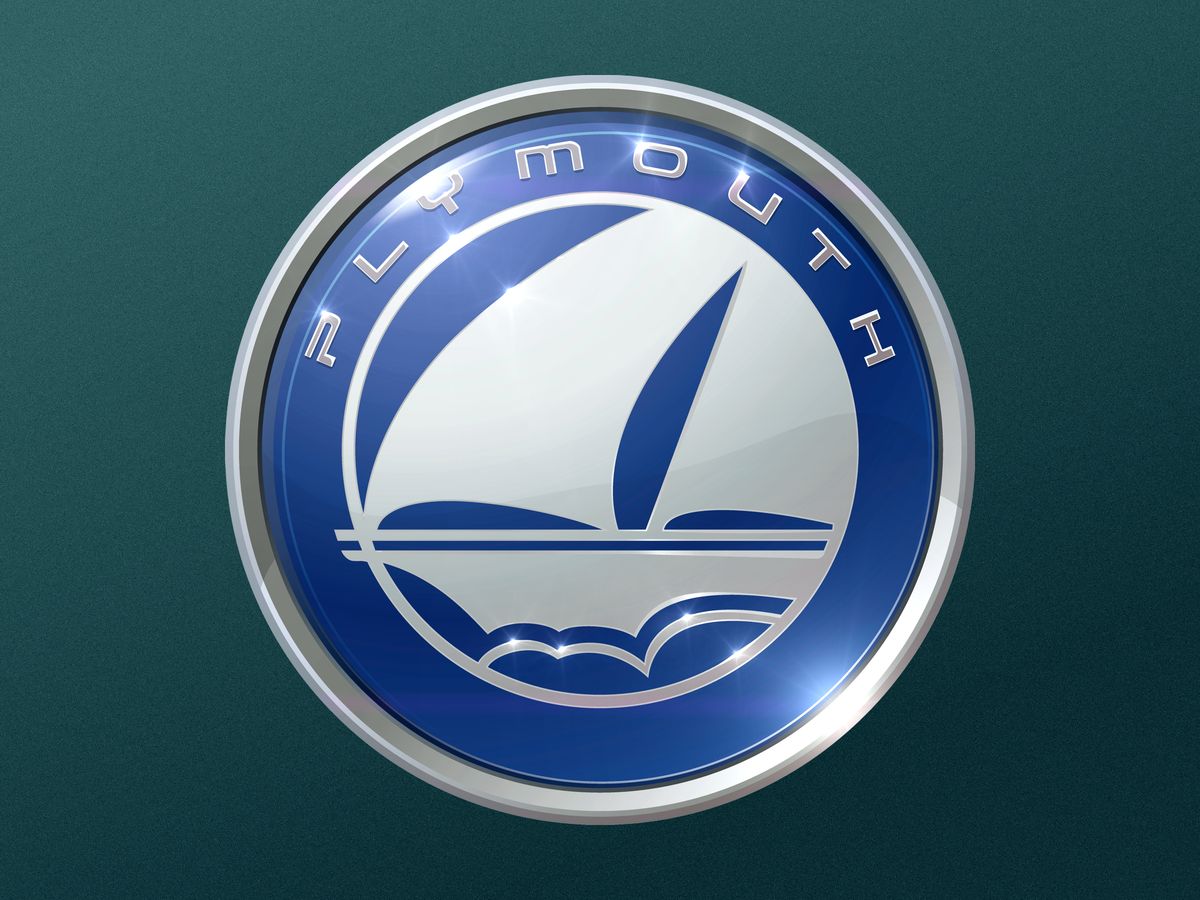
The Plymouth DeLuxe looked plain, even boring. There was nothing remarkable about its design and body. Despite this, or maybe, on the contrary, thanks to this, the first Plymouth DeLuxe became a relatively cheap and rather mass model, which was well received by buyers.
The 1950 Plymouth DeLuxe is now a vintage car. But back the 1930-1950s, it was a solid spacious car with enough headroom and a manual transmission. Simple and well built, the Plymouth was suitable for both respectable and important gentlemen, and for sedate ladies with a large family. However, the Plymouth DeLuxe’s too simple design, boring color schemes and simplistic interior trim failed to attract wealthy buyers. The car was especially popular with the older generation and as a taxi.
The Plymouth DeLuxe was introduced in 1933. The new large DeLuxe replaced the Plymouth Six, the company’s first 6-cylinder car, but with a wheelbase of only 2,718 mm, which was considered short at that time. Therefore, the DeLuxe clearly looked more chic, as its wheelbase grew to 2,896 mm, and it became an excellent alternative not only to the Plymouth Six (1933-1934), but also to the Business Six (1935-1938) and Roadking (1938-1940). In this form, the car was produced until 1942, until the manufacturer presented the first-class Special DeLuxe with a wheelbase of 2,972 mm, which made the DeLuxe just the entry-level model.
The first Plymouth DeLuxe was equipped with a 3.3-liter in-line 6-cylinder engine and a 3-speed manual transmission. The manufacturer invested $9 million in the development of the new engine. It standardly developed 82 hp. Until 1946, the engine output was 95 hp. In 1949, after some upgrades, the engines started generating 97 hp. The luxurious 1949 Plymouth Special DeLuxe was equipped with a 3.6-liter engine with 97 hp.
Joe Fraser, the vice president of Chrysler, was the one who came up with the name "Plymouth", as he thought the word was "a nice old American name”. Moreover, at that time, Plymouth binder twine, popular among farmers of that time, also was the inspiration for choosing this name. Thus, the manufacturer wanted to establish a positive association between Plymouth cars and such qualities as strength, durability, and reliability. For many decades, the brand's logo featured a stylized image of the ship Mayflower which landed at Plymouth Rock in Plymouth.
Plymouth cars of the early 1950s were quite perfect, but they had a very ordinary and expressionless exterior. The DeLuxe and Special DeLuxe models remained conservative, solid, strong and durable, well-built cars, but buyers no longer liked their archaic design and boring interiors, as they wanted comfort, luxury and speed. And the Plymouths could offer neither 8-cylinder engines nor a true automatic transmission. As a result, in terms of sales, Plymouth lost its traditional (after Chevrolet and Ford) third place in the US market to Buick.
Chrysler decided to urgently upgrade the body design of all its models. Chrysler’s Chief Stylist, Virgil Exner, partnered with Italian design studio Ghia to design several prototypes for the Chrysler, De Soto and Plymouth divisions. So in 1957, the company introduced the Flight Sweep, a futuristic car, distinguished by huge rear stabilizers and a spare wheel located on the trunk lid. The Group management liked it so much that its style solutions were used on many cars, including the new 1957 Plymouth Fury family. In the history of the automotive industry, the 1957 Fury was remembered for its dynamic exterior and pronounced rear stabilizers, which were only becoming popular at that time. So Plymouth again took the third place in terms of sales in the US market. But that’s a completely different story.


